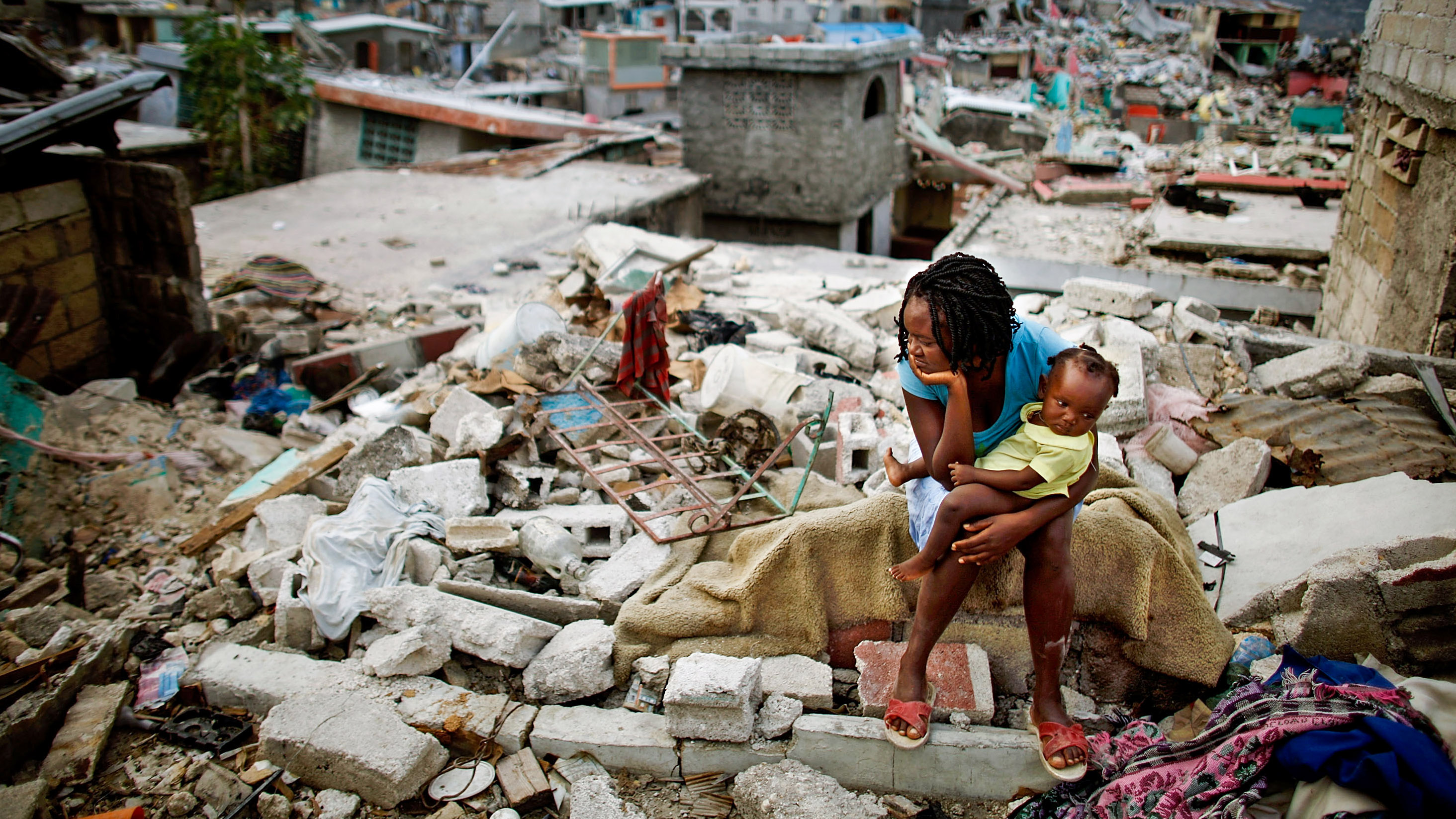A deep-learning algorithm could detect earthquakes by filtering out city noise
The model could uncover quakes that would previously have been dismissed as human-generated vibrations.

Cities are loud places. Traffic, trains, and machinery generate a lot of noise. While it’s a mere inconvenience much of the time, it can become a deadly problem when it comes to detecting earthquakes. That’s because it’s difficult to discern an approaching earthquake amid all the usual vibrations in bustling cities.
Researchers from Stanford have found a way to get a clearer signal. They’ve created an algorithm, described in a paper in Science Advances today, that they claim improves the detection capacity of earthquake monitoring networks in cities and other built-up areas. By filtering out background seismic noise, it can boost the overall signal quality and recover signals that may have previously been too weak to register.
Algorithms trained to sift out this background noise could be of particular use to monitoring stations in and around bustling earthquake-prone cities in South America, Mexico, the Mediterranean, Indonesia, and Japan.
Earthquakes are monitored by seismic sensors, also known as seismometers, which continuously measure seismic waves from vibrations in the ground. The Stanford team’s deep-learning algorithm, called UrbanDenoiser, has been trained on data sets of 80,000 samples of urban seismic noise and 33,751 samples that indicate earthquake activity. They were collected in California from busy Long Beach and rural San Jacinto, respectively.
When applied to the data sets taken from the Long Beach area, the algorithms detected substantially more earthquakes and made it easier to work out how and where they started. And when applied to data from a 2014 earthquake in La Habra, also in California, the team observed four times more seismic detections in the “denoised” data compared with the officially recorded number.
It’s not the only work applying AI to the hunt for earthquakes. Researchers from Penn State have been training deep-learning algorithms to accurately predict how changes in measurements could indicate forthcoming earthquakes—a task that has confounded experts for centuries. And members of the Stanford team previously trained models for phase picking, or measuring the arrival times of seismic waves within an earthquake signal, which can be used to estimate the quake’s location.
Deep-learning algorithms are particularly useful for earthquake monitoring because they can take the burden off human seismologists, says Paula Koelemeijer, a seismologist at Royal Holloway University of London, who was not involved in this study.
In the past, seismologists would look at graphs produced by sensors that record the motion of the ground during an earthquake, and they’d identify patterns by sight. Deep learning could make that process quicker, and more accurate, by helping to cut through large volumes of data, Koelemeijer says.
“Showing that [the algorithm] works in a noisy urban environment is very useful, because noise in urban environments can be a nightmare to deal with, and very challenging,” she says.
Deep Dive
Artificial intelligence
Large language models can do jaw-dropping things. But nobody knows exactly why.
And that's a problem. Figuring it out is one of the biggest scientific puzzles of our time and a crucial step towards controlling more powerful future models.
Google DeepMind’s new generative model makes Super Mario–like games from scratch
Genie learns how to control games by watching hours and hours of video. It could help train next-gen robots too.
What’s next for generative video
OpenAI's Sora has raised the bar for AI moviemaking. Here are four things to bear in mind as we wrap our heads around what's coming.
Stay connected
Get the latest updates from
MIT Technology Review
Discover special offers, top stories, upcoming events, and more.